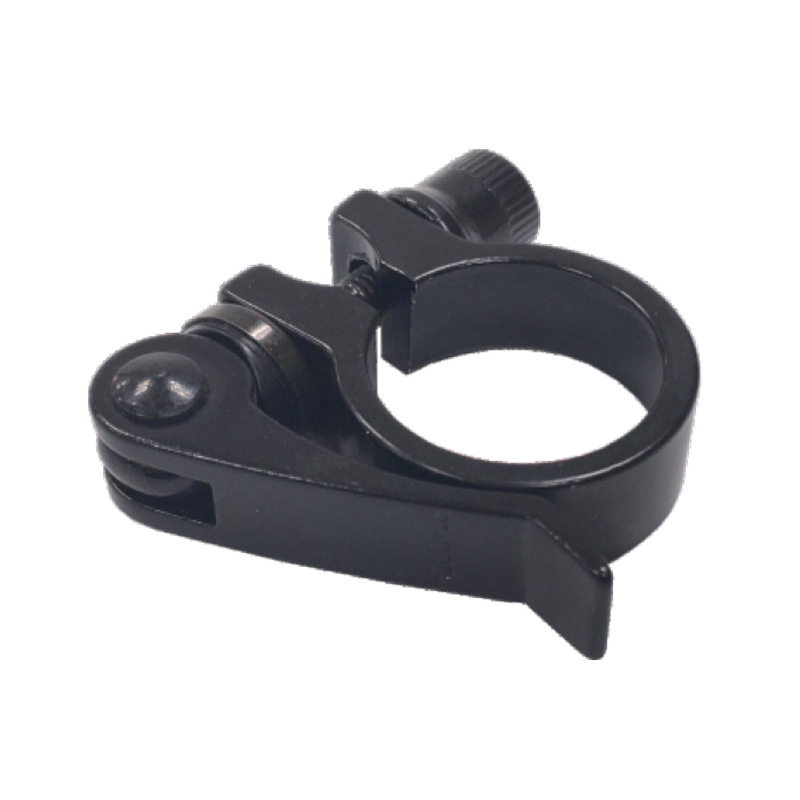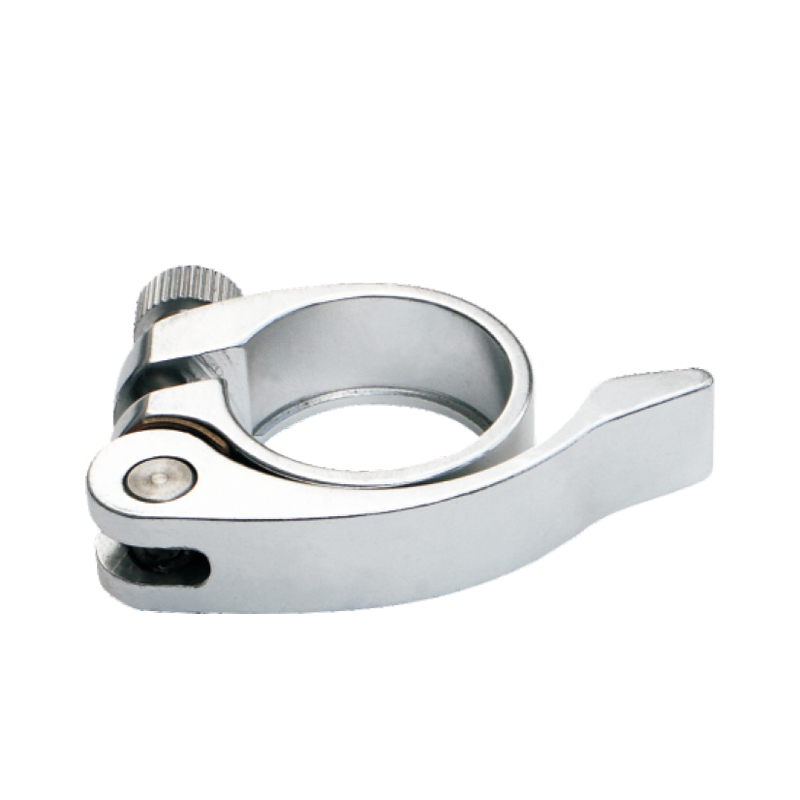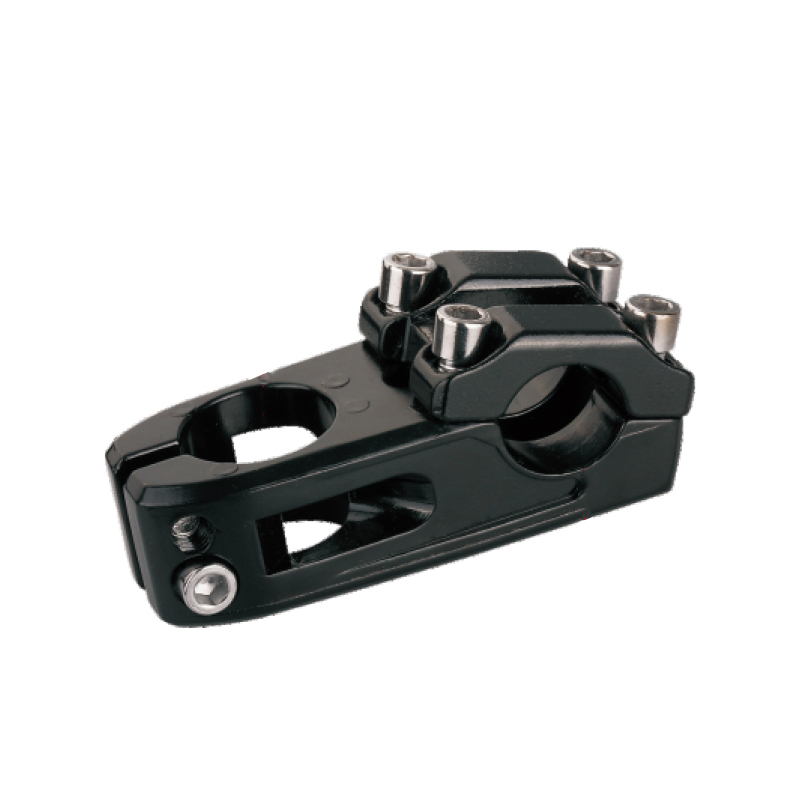Carbon fiber seat posts offer several benefits and drawbacks in terms of stiffness and comfort:
Benefits:
1.Lightweight: Carbon fiber's exceptional strength-to-weight ratio makes it an ideal choice for high-performance applications. The reduced weight of carbon fiber seat posts contributes to overall weight savings, enhancing agility and reducing rider fatigue, particularly during long rides or races.
2.Stiffness: Carbon fiber seat posts offer superior stiffness characteristics, ensuring efficient power transfer from the rider to the pedals. This stiffness results in a responsive ride, especially beneficial for cyclists seeking maximum power output and acceleration.
3.Vibration Damping: Carbon fiber's natural ability to dampen vibrations significantly improves rider comfort. By absorbing road chatter and uneven surfaces, carbon fiber seat posts provide a smoother ride quality, reducing muscle fatigue and enhancing endurance, particularly on extended rides.
4.Customizability: Carbon fiber's versatility allows for intricate and precise designs, enabling engineers to tailor the flex patterns of seat posts. This customization permits manufacturers to create seat posts with specific compliance levels, meeting the demands of various riding styles and preferences. Cyclists can select seat posts that align with their comfort needs, enhancing the overall riding experience.
5.Aerodynamics: Carbon fiber seat posts can be shaped to optimize aerodynamics. By reducing air resistance, these seat posts enhance the bike's overall aerodynamic profile. This aerodynamic advantage is especially valuable for competitive cyclists seeking marginal gains in speed, making carbon fiber seat posts a popular choice in time trials and road racing.
6.Corrosion Resistance: Unlike metal seat posts, carbon fiber is immune to corrosion, ensuring long-lasting durability and minimal maintenance requirements. Cyclists can rely on carbon fiber seat posts to withstand various weather conditions and environmental factors, maintaining their performance over time.
Drawbacks:
1.Cost: The advanced manufacturing processes and high-quality materials involved in carbon fiber seat post production contribute to a higher cost compared to conventional materials like aluminum. Consequently, carbon fiber seat posts may be cost-prohibitive for budget-conscious cyclists, limiting their accessibility.
2.Durability: While carbon fiber is inherently strong, it can be susceptible to damage from impacts or crashes. A damaged seat post compromises rider safety and performance. Cyclists must exercise caution and inspect their carbon fiber seat posts regularly for signs of wear, ensuring structural integrity and safety.
3.Brittleness: Carbon fiber can exhibit a degree of brittleness under certain conditions, making it susceptible to shattering upon impact. Cyclists must be mindful of rough handling or severe crashes that could result in catastrophic failure, necessitating careful handling and maintenance.
4.Limited Adjustability: Some carbon fiber seat post designs offer limited adjustability concerning setback and saddle angle compared to their metal counterparts. Cyclists seeking highly specific saddle positions may find their options limited with certain carbon fiber seat posts, requiring careful consideration during the selection process.
5.Clamping Concerns: Carbon fiber's sensitivity to over-tightening necessitates precise torque specifications during installation. Improper clamping can crush or damage the seat post, leading to structural weaknesses or failure. Cyclists and mechanics must exercise caution and adhere to manufacturer guidelines to prevent damage during installation and adjustment.
Texture of material: Aluminum
Product tolerance: +/-0.1mm
Purpose: Fix saddle
Processing mode: CNC machining
Surface treatment: Anodic oxidation/powder coating/painting
Diam: φ25.4-φ34.9mm












